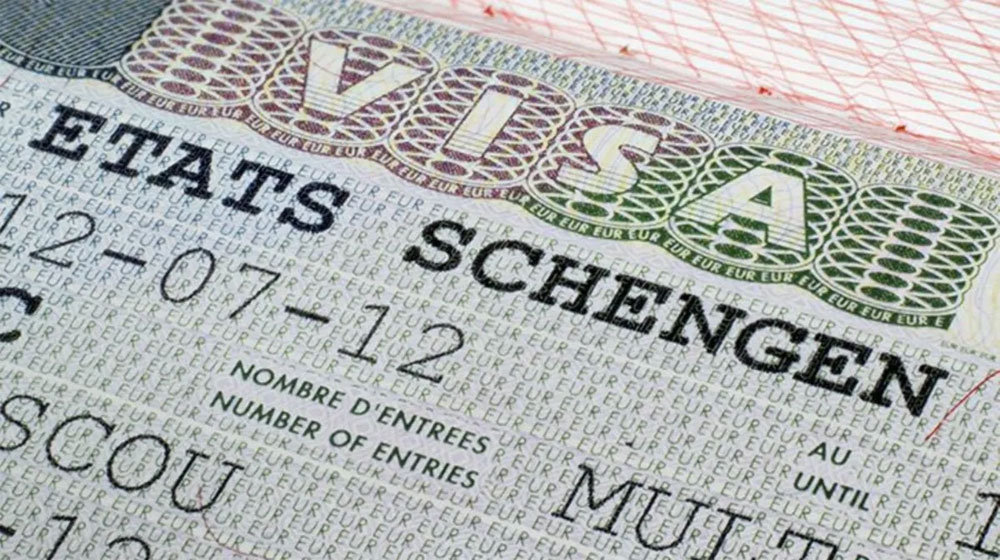The process of applying for visas to visit the Schengen area in Europe is set to undergo a significant transformation, as approved by EU foreign ministers on Monday.
In a move toward digitalization, applicants will soon utilize an online platform, eliminating the need for physical stickers on passports and the associated consulate or service provider appointments.
The forthcoming change, disclosed after an extensive legislative process spanning several months, is poised to become effective three weeks after its publication in the EU’s administrative gazette, expected imminently.
The Schengen area encompasses 23 of the 27 EU member countries, along with associated neighbors Switzerland, Norway, Iceland, and Liechtenstein.
Spain’s Interior Minister, Fernando Grande-Marlaska, emphasized that the online visa system “will simplify the application process for travelers” once implemented.
Under this new system, individuals seeking short stays in the Schengen area will submit documents, data, and electronic copies of their travel documents containing biometric information, along with the required fees, all through a dedicated online platform.
Approved applicants will then receive a cryptographically signed barcode, which can be printed or stored digitally.
However, first-time applicants or those with new passports or changed biometric data might still be required to attend an in-person appointment.
Notably, some countries like Australia already have similar online visa systems in place, eliminating the need for physical stickers in passports.
While citizens from over 60 countries, including Australia, Britain, Canada, New Zealand, and the United States, typically don’t require Schengen visas for short visits, they will soon need to apply online for pre-screened entry under the European Travel Information and Authorization System (ETIAS), similar to the US ESTA system.
Furthermore, all visitors entering the European Union, whether with visas, visa waivers, or ETIAS, will undergo processing through the automated EU Entry/Exit System (EES).
The implementation of the computerized EES, designed to record individuals’ details and biometric data, track entry and exit dates, and monitor overstays and refused entries, has faced significant delays.





















